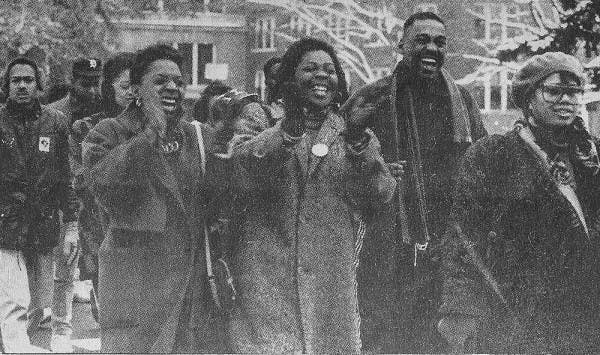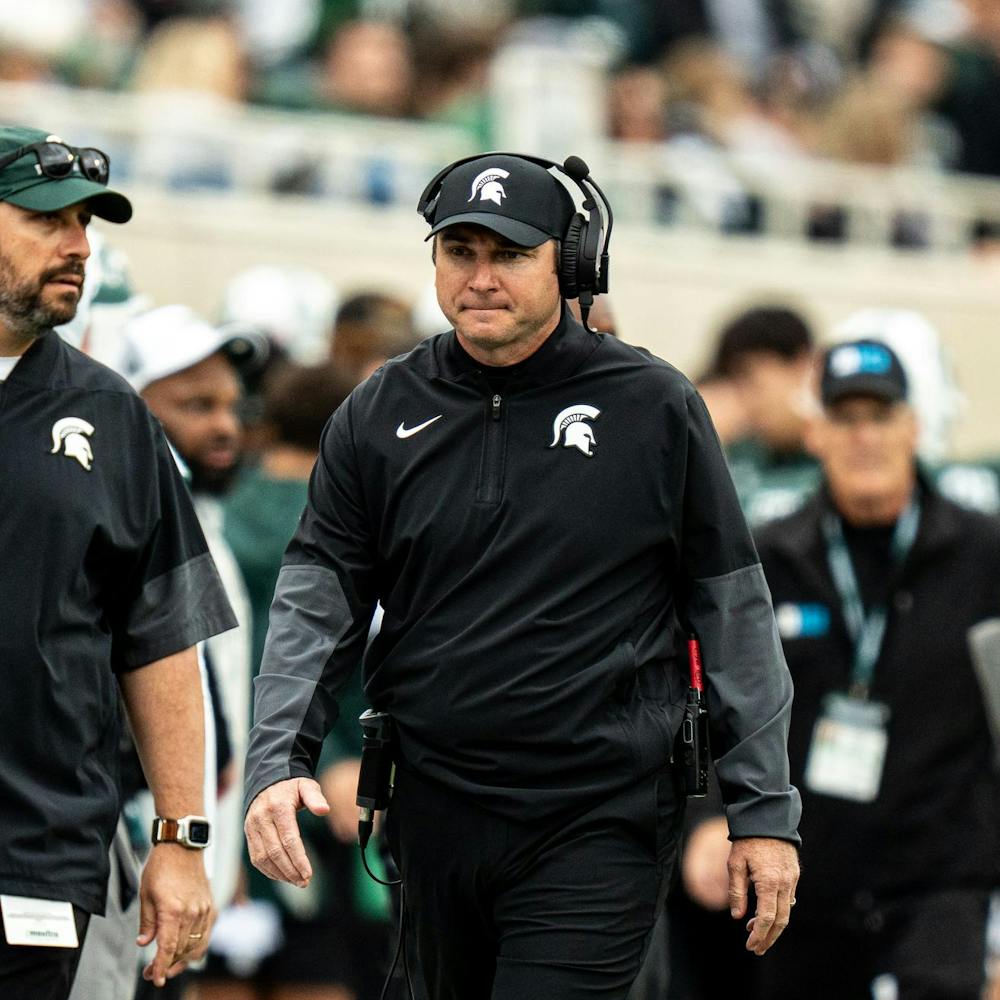The civil rights movement was so consequential that it has had an impact on MSU’s campus, where in 2018 a more diversified student body exists. According to a statement released by the university, MSU accepted the largest African-American freshman class of the Big Ten schools in 2017.
Records of black students attending MSU date back to as early as 1900, according to the MSU Archives and Historical Collections. In 1907—when MSU was still known as the Michigan Agricultural College, or M.A.C.—a woman by the name of Myrtle Craig became the first female African-American to graduate from the university. Craig was presented with her diploma by the U.S. president at the time, Theodore Roosevelt.
The MSU Archives report that approximately 1,600 students of color were enrolled in degree programs during what became known as the height of the civil rights movement. These students, much like the ones who attend MSU and thousands of other educational institutions today, became leaders in a fight for basic human rights.
During this period of time, the effects of the civil rights movement could be seen nationwide. Prominent civil rights leader Rev. Martin Luther King Jr. visited MSU on Feb. 11, 1965. According to a State News article published the following day, he spoke to a crowd of 4,000 students, staff and community members who packed the Auditorium to listen to him.
A State News staff writer at the time, Jim Sterba, wrote that the Nobel prize winner had spoken on several topics and highlighted three challenges for audience members. According to Sterba, King’s speech pointed to “achieving a world brotherhood perspective, getting rid of the notion that there are superior and inferior races, and developing massive action programs to rid the world of segregation.”
King’s talk, which also included a call for updated civil rights legislation to work at stopping discrimination, reportedly left many members of his audience in tears. Sterba wrote that the crowd gave him a standing ovation both prior to and after his speech.
After King’s assassination on April 4, 1968, the influence he left upon MSU became clear, as it did across the nation.
An article published by The State News highlighted the impact King had on students. According to the article—published on April 8, 1968—hundreds of MSU students and staff participated in a nonviolent march shortly following the news of King’s death. Described by State News staff writer Trinka Cline as an “orderly procession,” the memorial march encompassed several parts of campus.
Those in the crowd held up signs saying “Black is beautiful, so is King,” and sang songs such as “Oh Freedom” and “We Shall Overcome.”
Cline wrote that the march began at the Union, then continued around West Circle Drive to the Main Library.
“A front portion of the marchers broke off to go through the library and then resume their lead position,” Cline wrote. “Next Wells Hall. Then the lobby of the International Center. Across the parking lot and down Shaw Lane. A left on Farm Lane. A trip through Bessey.”
By that point, 1,500 students had gathered.
Ernest Green, an alumnus of MSU, serves as an example of a student who played a role in gaining equal rights.
Green was one of the Little Rock Nine—a group of of teenagers that sought to challenge segregation in Central High School, an all-white educational institution in Arkansas’s capital. After the Supreme Court’s unanimous ruling that segregation was unconstitutional, Green and his eight fellow students faced discrimination as they tested the efficiency of desegregation in the south. Green, a senior at the time, went on to be the first African-American to graduate from that same school.
He later went on to attend MSU. He obtained both a bachelor’s and master’s degree in sociology, according to an online biography of Green from MSU’s College of Social Science.
Dates for remembrance are set aside for those who campaigned for equality, such as Martin Luther King Jr. Day—a federal holiday—and the entirety of February for Black History Month.
Support student media!
Please consider donating to The State News and help fund the future of journalism.
Discussion
Share and discuss “ Civil rights movement influence on MSU's campus” on social media.








